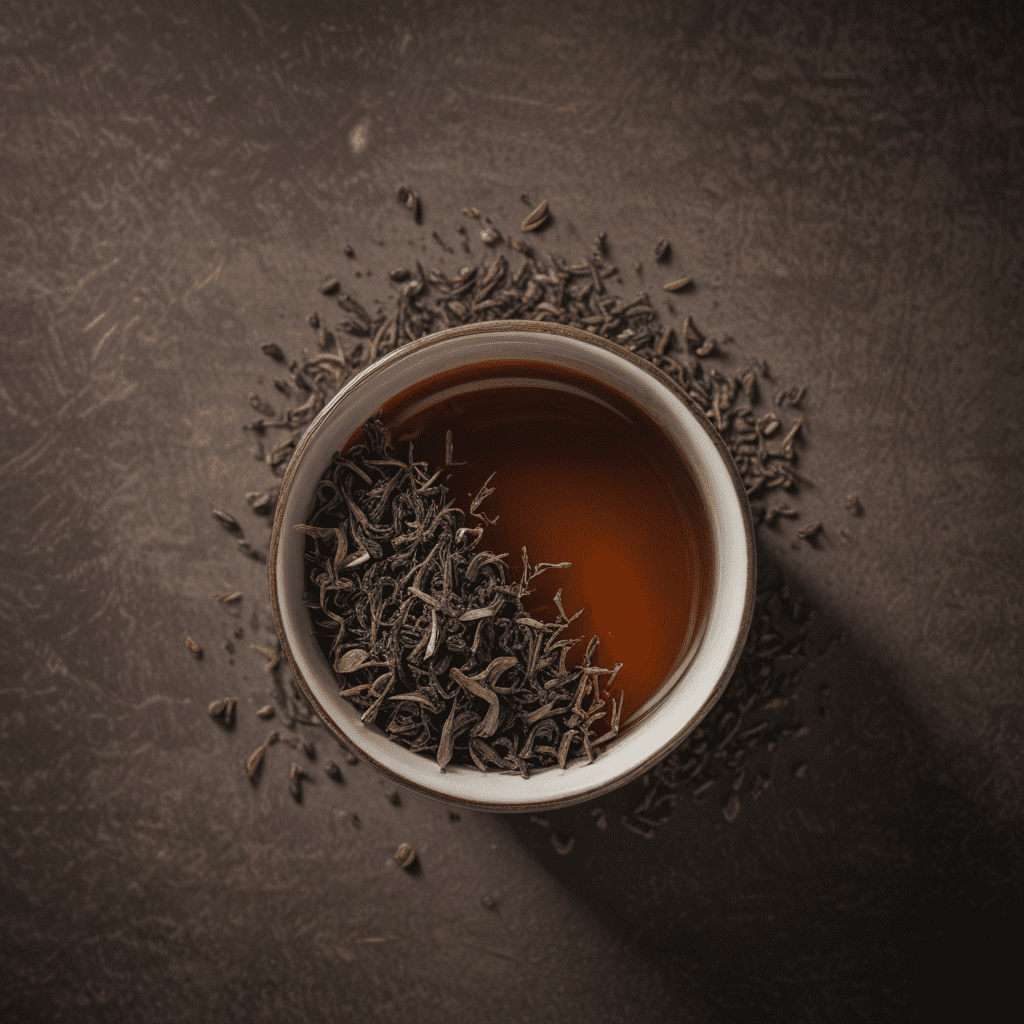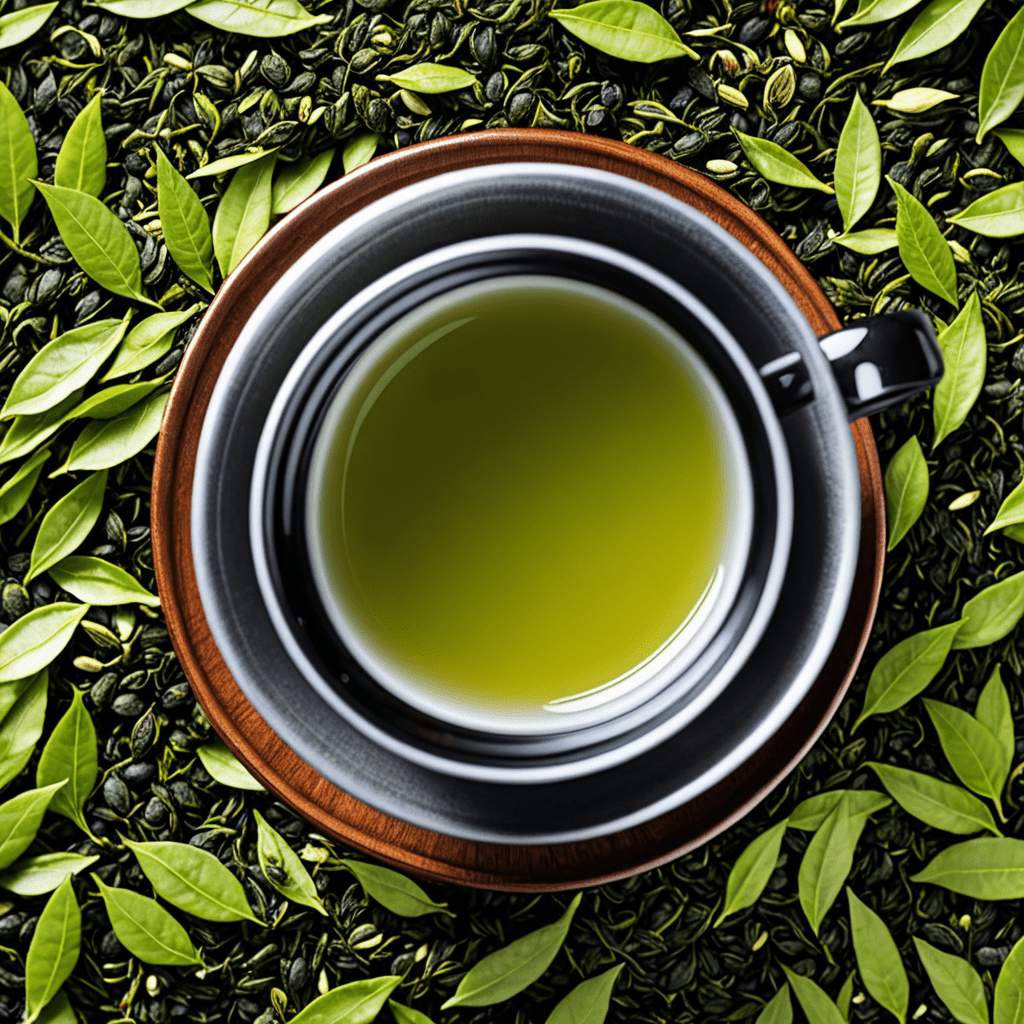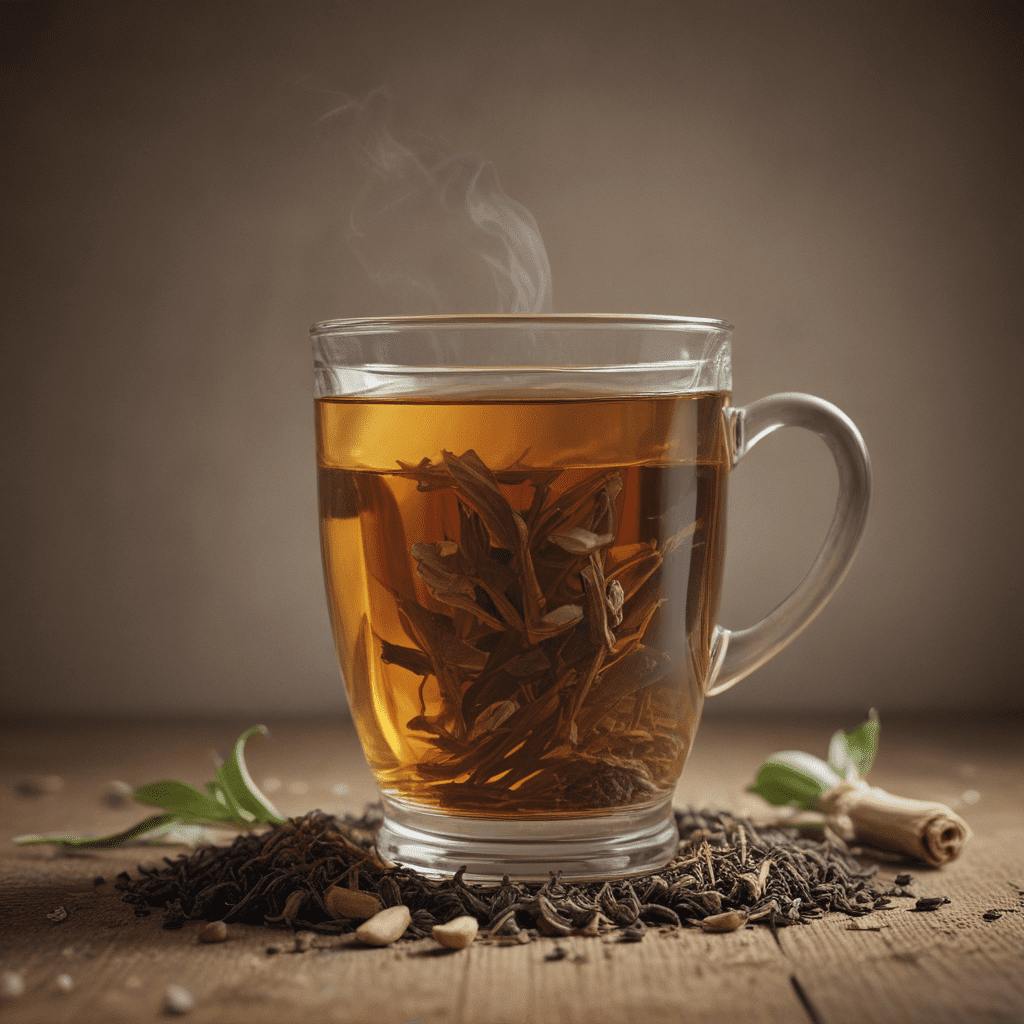I. Introduction: Exploring the Enchanting Realm of Assam Tea
Immerse yourself in the aromatic embrace of Assam tea, a beverage steeped in history, tradition, and unparalleled flavor. Assam, a region nestled in the verdant northeast of India, is renowned as the birthplace of this iconic tea, offering a captivating journey for the senses.
II. Historical Origins: Assam Tea’s Journey from Discovery to Renown
The discovery of Assam tea dates back to 1823, when British explorer Robert Bruce stumbled upon wild tea trees growing in abundance in the dense forests of Assam. Recognizing its potential, the British established tea plantations, transforming Assam into one of the most significant tea-producing regions in the world.
III. Cultivars and Terroirs: The Art of Crafting Distinct Flavors
Assam tea is primarily cultivated from the Assamica tea plant, a robust and large-leafed variety that thrives in the region's unique climate and soil conditions. Assam's diverse terroirs, ranging from the Brahmaputra Valley to the Cachar hills, further contribute to the distinct flavor profiles of each tea.
IV. The Assamica Tea Plant: Unveiling the Source of Unique Aromatics
The Assamica tea plant possesses inherent qualities that impart Assam tea with its characteristic flavors. The large leaves contain a higher concentration of polyphenols and tannins, resulting in a bolder and fuller-bodied brew. The plant's adaptability to Assam's climate allows it to develop a rich and complex range of aromatic compounds.
V. Aromatic Signatures: Unraveling the Complex Profiles of Assam Teas
Assam teas are renowned for their captivating aromatic profiles, a symphony of flavors that tantalizes the senses. Malty muscatel notes, a hallmark of Assam tea, blend harmoniously with earthy undertones, creating a rustic yet refined experience. Delicate floral hints and subtle spicy nuances further enhance the aromatic journey, leaving a lasting impression on the palate.
VI. Malty Muscatel: The Quintessential Trait of Assam Teas
Assam teas are widely renowned for their distinctive malty muscatel notes, a characteristic that sets them apart from other teas. These notes evoke the aroma of ripe grapes and aged balsamic vinegar, creating a rich and satisfying flavor profile. The high concentration of polyphenols in Assamica tea plants contributes to the development of these distinctive muscatel flavors.
VII. Earthy Undertones: Exploring the Rustic Depths of Assam Tea
Complementing the malty muscatel notes, Assam teas often exhibit earthy undertones that add depth and complexity to their flavor profile. These undertones can range from subtle hints of moist soil to more pronounced notes reminiscent of freshly cut grass or damp leaves. The terroir and processing methods play a significant role in shaping the intensity and character of these earthy nuances.
VIII. Floral Hints: Delicate Notes that Enrich the Tea Experience
While malty and earthy notes dominate the Assam tea flavor profile, delicate floral hints often emerge, adding a touch of refinement to the overall experience. These floral notes can vary depending on the cultivar and growing conditions, but they typically evoke the delicate fragrance of jasmine, rose, or citrus blossoms. The floral hints provide a refreshing contrast to the bolder malty and earthy flavors, creating a harmonious and well-balanced cup.
IX. Spicy Nuances: A Subtle Hint of Warmth in Assam Teas
Assam teas can sometimes exhibit subtle spicy nuances that add an unexpected dimension to their flavor profile. These spicy notes often manifest as a gentle hint of black pepper or cinnamon, providing a subtle warmth that complements the other flavors. The presence of these spicy nuances is influenced by factors such as the oxidation level during processing and the terroir of the tea gardens.
X. Finishes and Lingering Effects: The Imprint of Assam Tea on the Palate
Assam teas typically leave a lasting impression on the palate, with a finish that ranges from smooth and velvety to brisk and astringent. The tannins present in Assamica tea leaves contribute to the astringency, which can vary depending on the brewing time and the specific cultivar. The lingering effects of Assam teas often include a pleasant dryness that lingers on the tongue, a testament to the tea's robust and full-bodied nature.
FAQs
1. What is the difference between Assam tea and other black teas?
Assam tea is known for its distinctive malty muscatel flavor profile, earthy undertones, and full-bodied character. These attributes are largely influenced by the Assamica tea plant and the unique terroir of the Assam region.
2. How is Assam tea processed?
Assam tea undergoes a traditional processing method that involves withering, rolling, oxidation, and drying. The oxidation process, where the tea leaves are exposed to air, contributes to the development of Assam tea's characteristic malty flavors.
3. What is the best way to brew Assam tea?
For optimal flavor, use freshly drawn, filtered water and brew Assam tea at a temperature between 195-205°F (90-96°C). Steep the tea leaves for 3-5 minutes, depending on your desired strength.
4. Does Assam tea contain caffeine?
Yes, Assam tea contains caffeine, although the amount varies depending on factors such as the cultivar and growing conditions. Assam tea is generally known for its moderate to high caffeine content.
5. What are some popular Assam tea brands?
Some well-known Assam tea brands include Vahdam Teas, Tata Tea, Twinings, and Harney & Sons. These brands offer a range of Assam teas with varying flavor profiles and quality levels.



